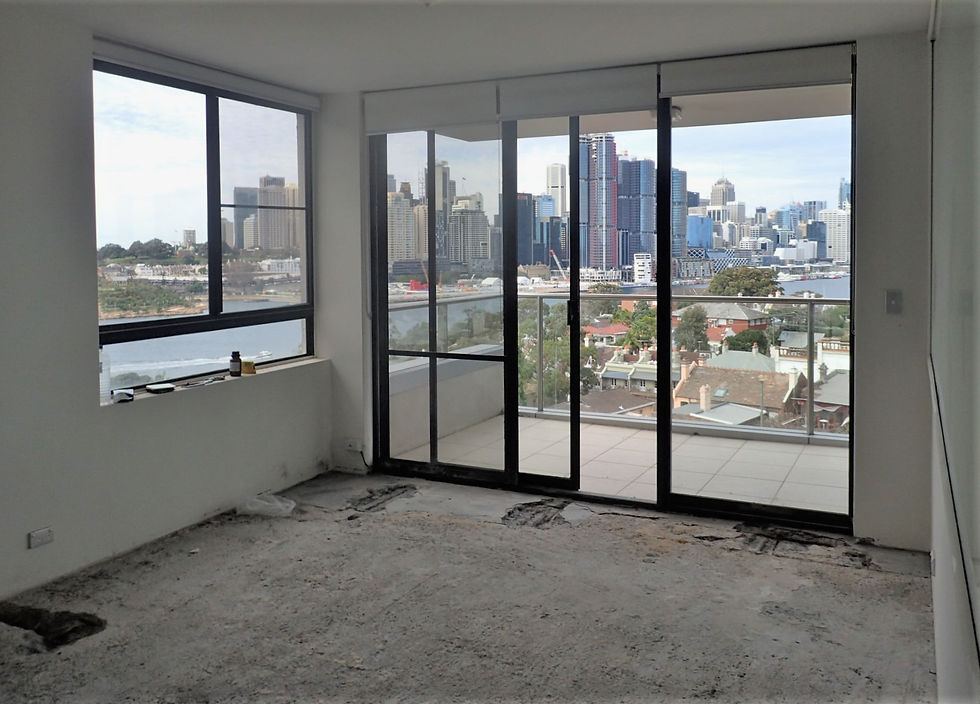How to Correctly Install Galvanic Anodes in Conjunction with Concrete Repair
- Remedial Technology

- Sep 27, 2020
- 2 min read
Updated: Oct 16

The installation of galvanic anodes in conjunction with concrete repair can be an effective method for the prevention of incipient anode corrosion around a repair patch, and for the provision of corrosion protection to the rebar within the repair patch.
The typical galvanic anodes used in reinforced concrete consist of sacrificial zinc cores connected to an anode wire and encased with an active cementitious matrix. The anodes are installed along the border and/or within the repair patch area and the anode wires are connected to the reinforcing steel. Once the connection to the reinforcing steel is established, the galvanic anode is activated. To complete the repair, the patch is then reinstated with a suitable repair mortar.
While the use of galvanic anodes in concrete can be an effective method for extending the life of a repair area and preventing incipient anode corrosion around the patch area, the method of installation, positioning of the anodes, concrete preparation, and other considerations will all have implications on the effectiveness of the treatment.
Scenario 1
In the repair patch area, in case it is not viable to clean the embedded rebar to a bright metal condition and/or to carry out breakout behind the rebar due to structural reasons, then the anodes can be installed along the perimeter of the repair patch and within the repair patch. The spacing between anodes, and number of anodes will be related to the spacing and density of steel reinforcement and shall be determined by the design considerations of the Engineer.
An example of this repair scenario is shown in Image 1. In this scenario, concrete bonding agent should not be used. The exposed rebar should be coated with steel primer and the repair mortar should be a low resistivity repair mortar.
Scenario 2
In case the rebar can be cleaned to a bright metal condition, and breaking behind the rebar is viable, then conventional patch repair can be carried out within the repair patch area and anodes can be installed along the perimeter of the repair patch. An example of this scenario is shown in Images 2 and 3.
For this repair scenario, the anodes should be encapsulated with low resistivity mortar extending to the repair edge. Once the anodes are encapsulated, a high resistivity repair mortar can be used for the remainder of the patch repair area.
In both scenarios 1 and 2, continuity of rebar must be established and continuity between all anode wires and rebar must be established and verified prior to the application of repair mortar.
In conclusion, galvanic anodes can improve the life of concrete repair work, however proper installation of galvanic anodes including selection of the anode locations, verification of electrical continuity and a suitable encapsulation method are vital requirements for the successful application of galvanic protection.






Comments